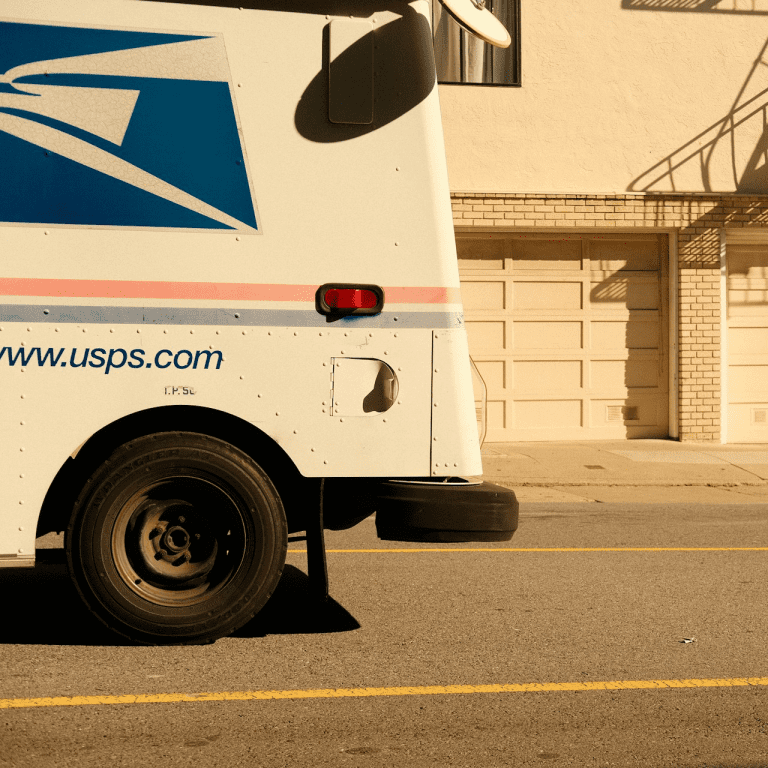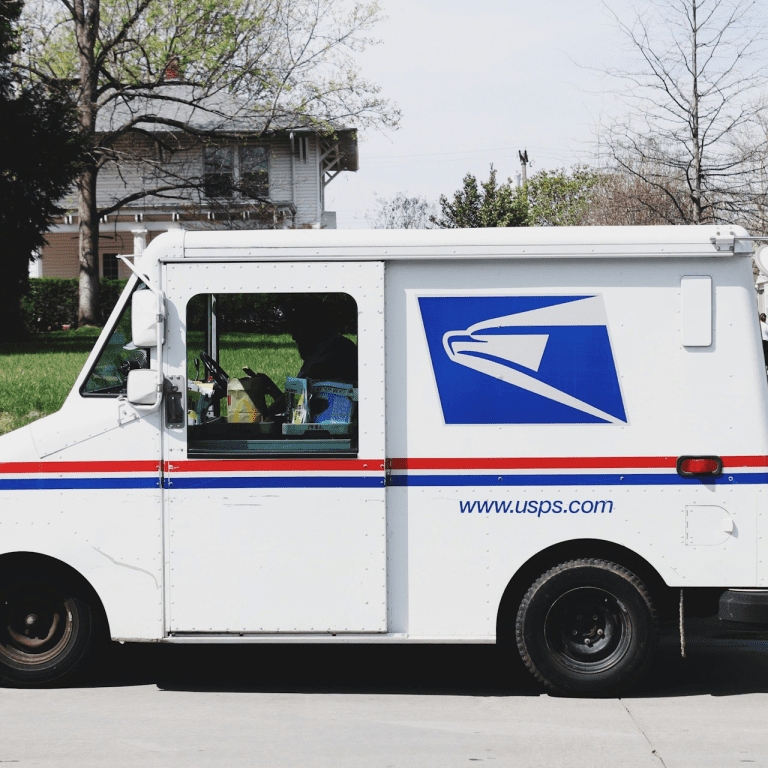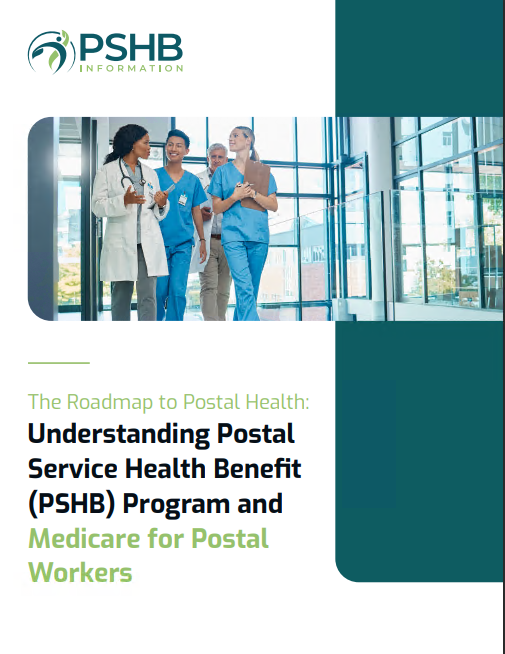Key Takeaways
-
Medigap can complement your Medicare coverage by reducing out-of-pocket expenses, but it requires careful consideration of your current PSHB benefits.
-
Evaluating your health needs, budget, and potential gaps in coverage is essential before deciding if Medigap premiums are worth the additional cost.
Understanding PSHB and Medicare Integration
As a participant in the Postal Service Health Benefits (PSHB) program, your health coverage is already robust. PSHB plans coordinate with Medicare for retirees who are eligible for both, offering comprehensive healthcare benefits. When Medicare is your primary payer, PSHB acts as secondary coverage, which can help reduce your out-of-pocket expenses for medical services.
But what about Medigap? This supplemental insurance is designed to cover gaps in Original Medicare, such as copayments, coinsurance, and deductibles. If you’re already covered under a PSHB plan, do you really need Medigap? Let’s break it down so you can make an informed decision.
What Medigap Brings to the Table
Medigap policies—sometimes called Medicare Supplement Insurance—fill in the financial gaps that Original Medicare (Parts A and B) leaves behind. For example, Medicare Part A covers hospital stays, but you’re responsible for deductibles and coinsurance. Similarly, Medicare Part B only pays 80% of the approved amount for outpatient services, leaving you with the rest.
Medigap can help offset these costs. However, you must balance its potential benefits with the coverage you already receive through PSHB. Since PSHB plans often include prescription drug coverage and low out-of-pocket maximums, adding a Medigap policy may not always be necessary.
Why PSHB Participants Might Consider Medigap
While PSHB plans are comprehensive, there are scenarios where adding Medigap could make sense:
1. Frequent Healthcare Needs
If you require frequent medical services or have chronic conditions, Medigap could be worth considering. Even with PSHB as secondary coverage, some out-of-pocket costs may remain. A Medigap plan could provide additional financial protection.
2. High Deductibles and Coinsurance
Some PSHB plans come with higher deductibles or coinsurance amounts. In these cases, Medigap might help cover those costs, making healthcare more affordable.
3. Medicare Part B Excess Charges
PSHB plans may not always cover Medicare Part B excess charges—the difference between what Medicare reimburses and what a provider is allowed to charge. Medigap policies can handle these costs, depending on the plan you choose.
4. Peace of Mind
For some people, the added layer of financial security is worth the cost. Knowing that Medigap covers most of your healthcare expenses can be reassuring, especially if you anticipate future health issues.
Situations Where Medigap May Not Be Necessary
In many cases, PSHB participants find that their existing benefits are sufficient. Consider the following points before committing to a Medigap policy:
1. Comprehensive PSHB Coverage
PSHB plans often include benefits that Medigap does not, such as prescription drug coverage, dental, and vision. Adding a Medigap policy might duplicate some of these benefits without providing much added value.
2. Low Out-of-Pocket Maximums
One of the key advantages of PSHB plans is their relatively low out-of-pocket maximums. Once you hit this limit, your plan covers 100% of additional in-network expenses for the year. Medigap’s benefits may not justify the extra premium cost if your PSHB plan already provides robust coverage.
3. Limited Medigap Coverage Areas
Medigap policies are standardized and don’t offer the supplemental benefits found in PSHB plans. They focus solely on filling Medicare gaps, which may not fully align with your overall healthcare needs.
4. Budget Constraints
Medigap premiums are an additional monthly cost. If your current PSHB plan fits within your budget and provides sufficient coverage, paying for Medigap might not be a wise financial choice.
Factors to Consider Before Choosing Medigap
Deciding whether Medigap is right for you depends on several factors. Here’s what to evaluate:
1. Your Healthcare Needs
Are you healthy, or do you have chronic conditions that require frequent doctor visits, treatments, or hospitalizations? If your healthcare needs are minimal, your PSHB plan alone may suffice.
2. Financial Impact
Can you comfortably afford Medigap premiums? Assess whether the additional expense aligns with your budget and long-term financial goals.
3. Existing PSHB Benefits
Review your PSHB plan’s coverage details. Are there any gaps that Medigap could fill, or does your plan already meet most of your needs?
4. Medicare Enrollment
Keep in mind that Medigap works only with Original Medicare. If you’re enrolled in a Medicare Advantage plan or considering one, Medigap isn’t compatible.
5. Timing
The best time to buy a Medigap policy is during your Medigap Open Enrollment Period, which starts when you’re 65 and enrolled in Medicare Part B. During this time, insurers can’t deny coverage or charge higher premiums due to pre-existing conditions.
Costs to Keep in Mind
While Medigap can help reduce out-of-pocket expenses, it’s not free. In 2025, Medicare Part B premiums are $185 per month, and Medigap premiums are additional. These costs can add up, especially if your PSHB plan already minimizes your financial risk.
Additionally, PSHB plans with Medicare integration often include benefits like waived deductibles and reduced copayments for those enrolled in Medicare Part B. If you’re already taking advantage of these features, Medigap may not provide much additional value.
Coordinating Medigap with PSHB and Medicare
If you decide Medigap is worth it, coordination is key. Here’s how the layers of coverage would work:
-
Medicare pays first for covered services.
-
Medigap covers the remaining eligible expenses, such as deductibles and coinsurance.
-
PSHB steps in as secondary coverage, potentially covering additional costs not addressed by Medicare or Medigap.
While this three-tiered approach may seem comprehensive, it could also lead to overlapping coverage—and higher premiums. Carefully review how these plans would interact to avoid paying for unnecessary redundancy.
How to Make the Right Choice
To decide whether Medigap is right for you as a PSHB participant, follow these steps:
1. Assess Your Coverage
Look at your current PSHB benefits and compare them with the gaps Medigap aims to fill. Identify any areas where you might need additional coverage.
2. Evaluate Costs
Calculate the total cost of Medicare, PSHB, and Medigap premiums, as well as any out-of-pocket expenses. Determine if Medigap fits within your budget without overextending your finances.
3. Consult an Expert
If you’re unsure, consider consulting a benefits advisor or financial planner. They can provide personalized advice based on your health needs and financial situation.
4. Plan for the Future
Think about your long-term healthcare needs. If you anticipate higher medical expenses as you age, Medigap might be a worthwhile investment. On the other hand, if your PSHB plan already offers substantial protection, it may be sufficient.
Simplify Your Healthcare Decisions
Deciding whether to add a Medigap policy to your PSHB and Medicare coverage isn’t a one-size-fits-all decision. It requires careful consideration of your health, finances, and existing benefits. By taking the time to assess your needs and understand your options, you can ensure your healthcare coverage works for you without unnecessary costs.









